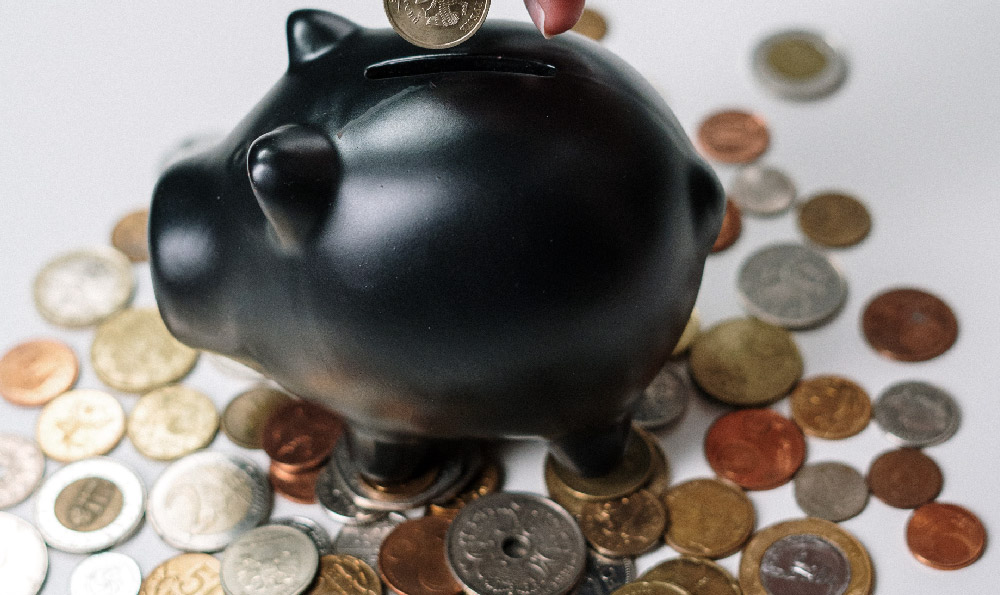Calculating the Return on Investment (ROI) for real estate is crucial for determining the profitability and potential of a property. It's a fundamental metric that helps investors assess whether an investment is worthwhile and how it compares to other opportunities. While the concept seems simple, accurately calculating ROI requires a comprehensive understanding of various costs, revenues, and time horizons. A superficial calculation can lead to inaccurate assessments and ultimately, poor investment decisions.
The basic formula for calculating ROI is: (Net Profit / Cost of Investment) x 100
However, the devil is in the details. “Net Profit” and “Cost of Investment” are not always straightforward figures. Let’s break down each component and explore the nuances involved.

Understanding the "Cost of Investment"
The "Cost of Investment" includes all the expenses you incur to acquire and prepare the property for its intended use, be it renting or flipping. This encompasses more than just the purchase price. Consider these elements:
- Purchase Price: This is the initial agreed-upon price for the property.
- Closing Costs: These are fees associated with finalizing the purchase, including appraisal fees, inspection fees, legal fees, title insurance, transfer taxes, and recording fees. Closing costs can significantly impact the overall investment.
- Renovation and Repair Costs: Before renting or selling, most properties require some level of renovation or repair. Include costs for materials, labor, permits, and any other related expenses. Be realistic and conservative in your estimates; unexpected issues often arise during renovations.
- Financing Costs: If you obtain a mortgage, include the down payment, points, origination fees, and any other financing-related charges. Remember that ongoing mortgage payments are not part of the initial investment cost but impact ongoing cash flow, which we'll discuss later.
- Holding Costs: These are expenses incurred from the time you purchase the property until it generates income. This can include property taxes, insurance, utilities, HOA fees (if applicable), and mortgage payments (interest only) if the property is vacant during this period.
It is crucial to account for every possible expense when calculating the initial investment. Overlooking even seemingly minor costs can skew the ROI calculation and create a false sense of profitability.
Defining "Net Profit"
"Net Profit" in the ROI formula represents the total earnings generated by the property after deducting all related expenses. The calculation depends heavily on your investment strategy. Are you planning to rent the property, flip it for a profit, or a combination of both?
-
For Rental Properties: Net Profit is typically calculated as follows:
- Gross Rental Income: This is the total rent collected from tenants over a specific period (usually annually).
- Operating Expenses: These are the recurring costs associated with managing the rental property. Key components include:
- Property Management Fees: If you hire a property manager, their fees are a significant expense.
- Maintenance and Repairs: Budget for ongoing repairs and maintenance, including plumbing, electrical, HVAC, and general upkeep.
- Property Taxes: Annual property taxes are a substantial expense.
- Insurance: Landlord insurance protects against various risks.
- Utilities: If you pay for utilities like water, gas, or electricity, include these costs.
- Vacancy Costs: Account for periods when the property is vacant and not generating rental income. Estimate a vacancy rate based on market conditions and your tenant management strategy.
- Mortgage Payments (Principal and Interest): This is a significant expense if the property is financed. It directly affects your cash flow.
- Net Operating Income (NOI): Gross Rental Income - Operating Expenses = NOI. This is a critical metric used to assess the profitability of a rental property before factoring in financing costs.
- Net Profit (After Financing): NOI - Mortgage Payments = Net Profit. This represents the actual cash flow you receive after all expenses are paid.
-
For Flipping Properties: Net Profit is calculated differently:
- Selling Price: The price at which you sell the property.
- Cost of Goods Sold (COGS): This includes the purchase price of the property, all renovation and repair costs, holding costs (taxes, insurance, utilities during the renovation period), and any selling expenses such as realtor commissions and closing costs.
- Net Profit: Selling Price - COGS = Net Profit.
Different Types of ROI and Their Applications
While the basic ROI formula is useful, several variations offer more nuanced insights.
-
Cash-on-Cash Return: This is specifically for rental properties and focuses on the cash flow generated relative to the cash invested. It's calculated as: (Annual Cash Flow / Total Cash Invested) x 100. "Total Cash Invested" includes the down payment, closing costs, and initial renovation costs. This is a crucial metric for investors relying on immediate cash flow.
-
Total ROI (Including Appreciation): This considers the property's appreciation in value over the investment period. It adds the increase in property value to the net profit before calculating the ROI. This provides a more comprehensive view of the overall return, especially for long-term investments. However, it's important to remember that appreciation is not guaranteed and can fluctuate based on market conditions.
Practical Examples
Let's consider a simple example of a rental property:
- Purchase Price: $200,000
- Closing Costs: $5,000
- Renovation Costs: $10,000
- Total Investment: $215,000
- Annual Gross Rental Income: $24,000
- Annual Operating Expenses (excluding mortgage): $6,000
-
Annual Mortgage Payment (Principal & Interest): $10,000
-
NOI: $24,000 - $6,000 = $18,000
- Net Profit: $18,000 - $10,000 = $8,000
- Basic ROI: ($8,000 / $215,000) x 100 = 3.72%
- Cash-on-Cash Return (Assuming a 20% down payment of $40,000): Down payment + closing costs + Renovation costs = $40,000 + $5,000 + $10,000 = $55,000. Cash on Cash return = ($8,000/$55,000) * 100 = 14.55%
Now, assume the property appreciates by $20,000 in one year.
- Total Profit: $8,000 + $20,000 = $28,000
- Total ROI: ($28,000 / $215,000) x 100 = 13.02%
Limitations of ROI and the Importance of Context
While ROI is a valuable metric, it's not a perfect measure of investment performance. It doesn't consider the time value of money, which means it doesn't account for the fact that money received today is worth more than money received in the future due to inflation and potential investment opportunities. ROI also doesn’t account for the risk associated with an investment. A higher ROI might be associated with a higher risk profile.
It’s important to compare the ROI of a real estate investment to other investment options, such as stocks, bonds, or mutual funds. Consider the risk tolerance and investment goals of the investor. Real estate is a relatively illiquid asset, meaning it can be difficult to sell quickly. This contrasts with publicly traded securities, which can be bought and sold almost instantaneously.
Furthermore, always conduct thorough due diligence before making any investment decisions. Consult with real estate professionals, financial advisors, and legal experts to ensure you have a complete understanding of the risks and potential rewards. Analyzing market trends, property conditions, and local regulations are all essential steps in making informed investment choices.












